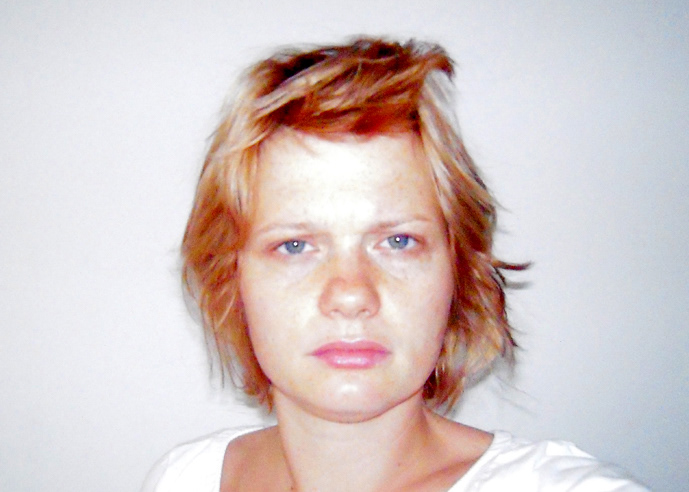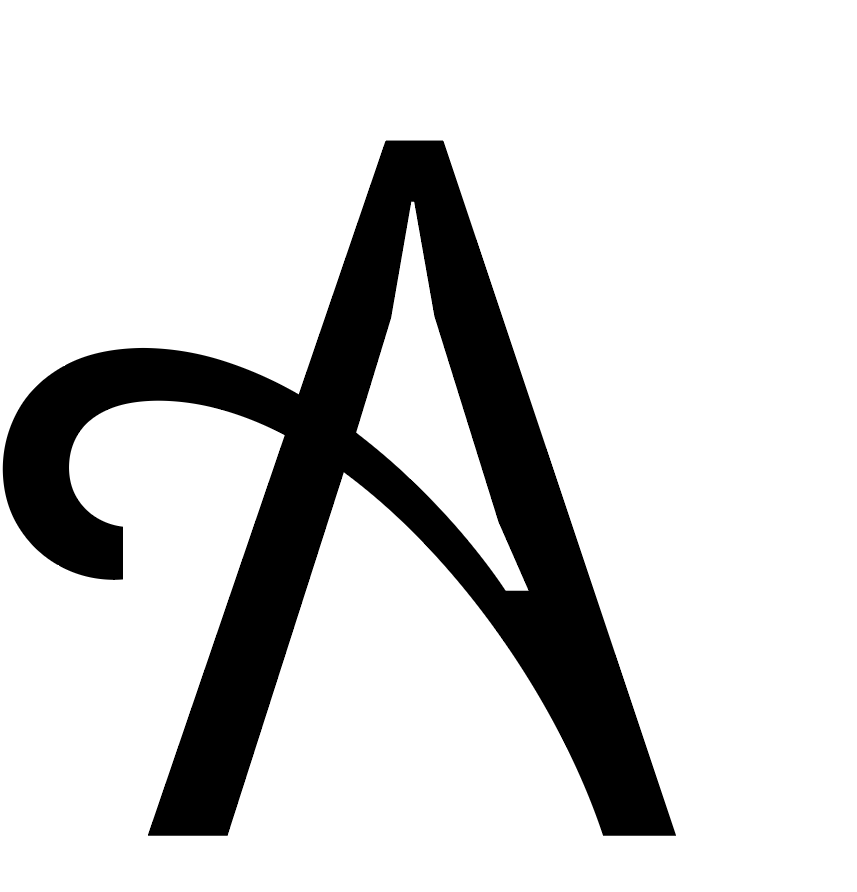

Behind the scenes. Which morning condition is even worse? Photographer or model?
ABSTRACT
How do we look when we get out of bed in the morning or when we are ready to go to sleep at night? When we have just woken up, are we also newly restored? Why is it so frowned upon to take a picture of someone who is eating or yawning? How close is “too close” to photograph something? Why is it unacceptable to have something out of focus? Then, why do we delete ourselves? This project, whose opening theme is the paradox between beauty and ugliness, presents these and many other questions. The "nonstates" and "nonmoments" of our everyday human lives are sought through photography. This project moves within the blurry boundaries of the beautiful and the ugly, in a photographic path that turns visible the invisible, and literally turns the unpresentable into something presentable.
CONCEPT
I took up the theme of the paradox of ugliness from a photographic point of view. With photography I look for visual strategies to show the ugly in the beautiful and the beautiful in the ugly. I am not particularly interested in general beauty or staged ugliness, but in the hidden and casual charm of everyday life. It's not about redefining beauty, it's about asking questions and finding different answers. The pictures do not show solutions, but question and show considerations and personal experiences. The medium of photography is not only a means of illustration, but itself becomes a research object.
Process










Phase 1 - The Non States
I took photos of myself for two years to observe the different faces of ugliness. I called friends and acquaintances to send me pictures of them before and after sleeping. At the same time, I started taking photos of individuals and families who had just got up and filmed this “intermediate state” for a minute. I showed the results of this project phase in the exhibition Courage to Confess, in which photographs and videos of the Non States of our human everyday life were shown.
I took photos of myself for two years to observe the different faces of ugliness. I called friends and acquaintances to send me pictures of them before and after sleeping. At the same time, I started taking photos of individuals and families who had just got up and filmed this “intermediate state” for a minute. I showed the results of this project phase in the exhibition Courage to Confess, in which photographs and videos of the Non States of our human everyday life were shown.
The ugly Duckling´s Metamorphosis into a Swan . More than 50 people dared to be photographed before going to bed at night and after getting up in the morning. Through lenticular printing of these two moments, visitors to the exhibition could compare between a decidedly finished state just before bedtime, and a refreshingly crumpled one after getting up in the morning.



Phase 2 - The Non Moments
In the era of digital photography and the constant availability of this medium, people take a lot of occasional photos for no reason. They are often random pictures that do not survive long in the camera, since they are deleted shortly after the picture is taken. This phase of the project concentrated precisely on these Non Moments in photography, i.e. those faulty moments or photographic accidents that are discarded immediately after taking the picture. For this I did a kind of "excavation" in my personal archives and in the archives of acquaintances, and "saved" what was once called imperfect. I was looking for random and spontaneous shots that literally broke the classic rules of good photography and cheekily contradicted them. From a total of 1,500 photographs, 130 were selected to bring them back into our lives visually and to make them part of our daily imagination. I worked on these Non Moments in a workshop with designers, artists and photographers for two weeks and showed the resulting projects together with my results in the exhibition The Hymn of the Ugly.
In the era of digital photography and the constant availability of this medium, people take a lot of occasional photos for no reason. They are often random pictures that do not survive long in the camera, since they are deleted shortly after the picture is taken. This phase of the project concentrated precisely on these Non Moments in photography, i.e. those faulty moments or photographic accidents that are discarded immediately after taking the picture. For this I did a kind of "excavation" in my personal archives and in the archives of acquaintances, and "saved" what was once called imperfect. I was looking for random and spontaneous shots that literally broke the classic rules of good photography and cheekily contradicted them. From a total of 1,500 photographs, 130 were selected to bring them back into our lives visually and to make them part of our daily imagination. I worked on these Non Moments in a workshop with designers, artists and photographers for two weeks and showed the resulting projects together with my results in the exhibition The Hymn of the Ugly.

Phase 3 - The Paradox of Ugliness (Publication)
The book THE PARADOX OF UGLINESS: Photographic questions about the beautiful appearance of the ugly or the ugly appearance of the beautiful, was launched in March 2016 and was presented at the international book fair FILBO 2016 book fair and at the LERNER bookstore in Bogotá.


Conferences
March 13, 2011
X International Image Festival in Manizales, Colombia
X International Image Festival in Manizales, Colombia
April 26, 2012
Chromatic Variations, Faculty of Arts, Bogotá National University
Chromatic Variations, Faculty of Arts, Bogotá National University
May 13, 2014
Plataforma Bogotá, Gilberto Alzate Avendaño Foundation
Plataforma Bogotá, Gilberto Alzate Avendaño Foundation
Team
Annelie Franke (Lead Researcher)
Juan David Contreras (Research Assistant)
Roxana Martínez (Research Assistant)
